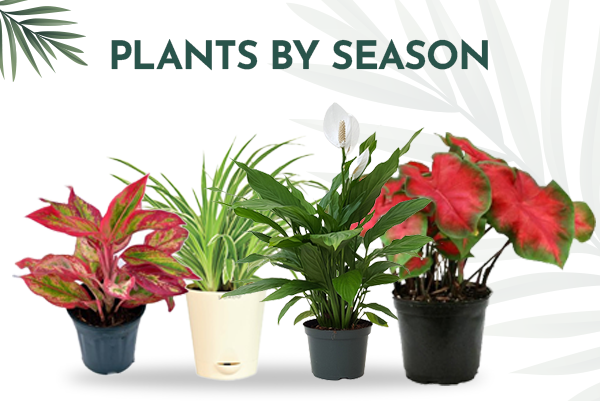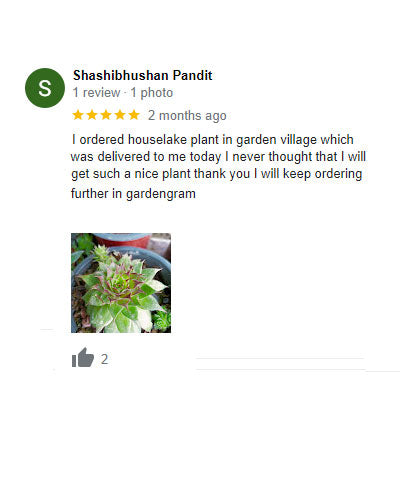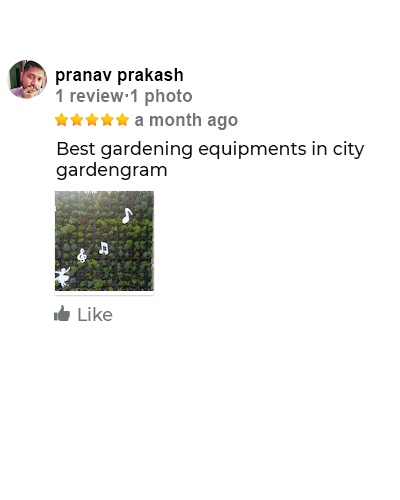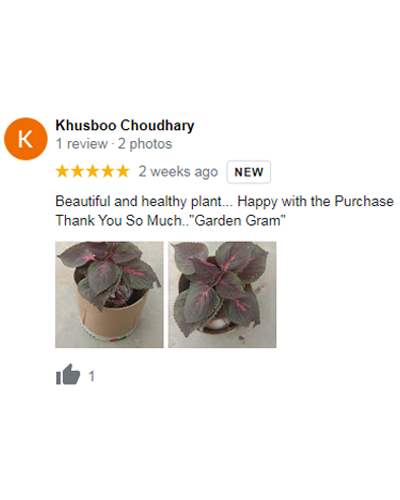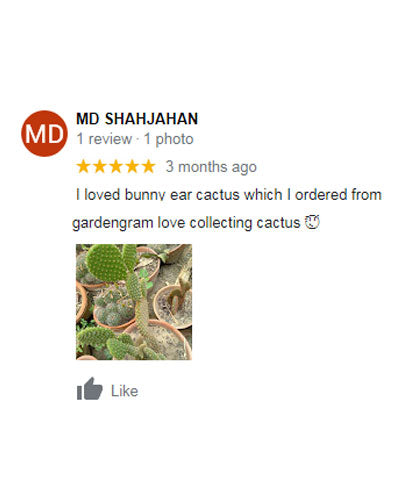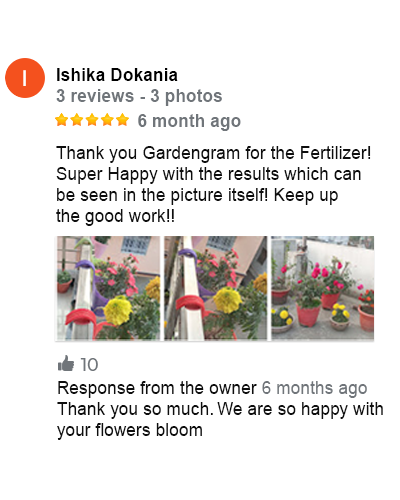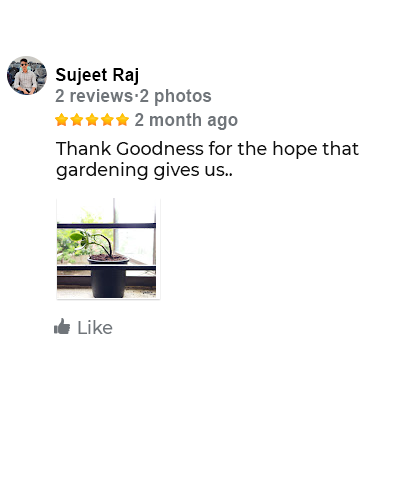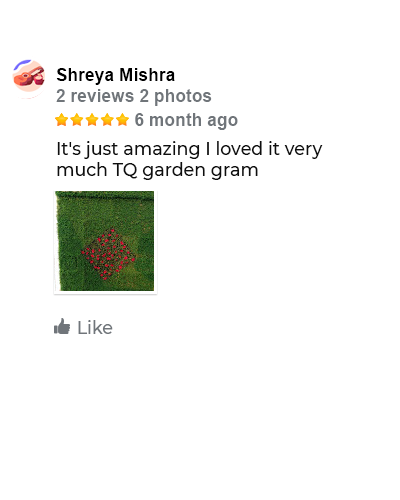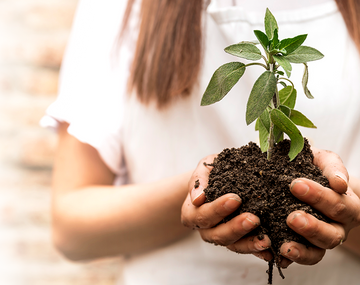The Art of Watering Indoor Plants: Dos and Don'ts
Hey there, fellow plant enthusiasts! Get ready to dive into the world of indoor plant care because we're about to uncover the secrets of watering that will keep your leafy pals happy and thriving.
Why Watering Matters for Indoor Plants

Ever wondered why watering is such a big deal for your green buddies? Picture this: water isn't just a drink for plants; it's their life source! Providing the right amount of water at the right time isn't just about preventing them from wilting; it's about supporting their growth, nurturing their roots, and boosting their overall vitality.
Impact of Incorrect Watering on Indoor Plants
Now, let's talk about what happens when things go a little haywire in the watering department. Overdoing it or falling short can lead to a full-blown plant crisis. Think of it as sending your plants on a rollercoaster ride they didn't sign up for—wilting, yellowing leaves, root rot, and sadly, sometimes, even plant fatalities. Understanding the consequences of improper watering is the key to becoming a plant whisperer.
Different Types of Indoor Plants and Their Watering Requirements

Succulents and Cacti
These tough desert natives are like the camels of the plant world. They're champions at storing water in their fleshy leaves or stems, so they can go without a drink for longer periods. It's crucial not to drown them in water; they prefer a sip rather than a gulp.
Tropical Plants
Think of these plants as the rainforest dwellers. They love a good dose of moisture due to their origins in humid environments. Keep their soil slightly damp to mimic their natural habitat and watch them thrive.
Flowering Plants
The watering needs of flowering plants can be as diverse as their blooms. Some enjoy a drier environment, while others require consistent moisture to flaunt their vibrant colors. Understanding the specific needs of each flowering plant type is essential for their growth and blossoming.
Factors Influencing Watering Needs
1. Light Conditions: Plants respond differently to light. Those soaking up plenty of sunlight might need more water, while shade-loving ones may require less.
2. Seasonal Changes: As the seasons dance around, so do your plant's water needs. Hotter days often mean more thirst, while cooler ones may require a lighter watering touch.
3. Potting Medium: The type of soil or potting mix plays a role too. Some soils retain moisture longer, needing less frequent watering, while others drain quickly, necessitating more regular hydration.
Understanding these factors helps in creating a customized watering schedule for each plant, ensuring they get just the right amount of water to flourish.
Dos for Watering Indoor Plants
Watering Frequency Guidelines
Understanding how often to water your indoor plants can feel like cracking a secret code. It's all about finding that sweet spot between keeping them hydrated and not drowning them.
Assessing when to water is a mix of observing your plant's behavior and feeling the soil. Stick your finger about an inch into the soil; if it's dry, it might be time for a drink. But remember, this isn't a one-size-fits-all situation; different plants have different needs.
Adjusting Watering According to Seasons
Just like how we switch up our habits with the seasons, plants need seasonal changes in their watering routine too. Hotter weather might mean your plants need more water, while during the cooler months, they might need less. Pay attention to your plant's behavior; it's often the best guide.
Watering Techniques
Each plant has its own preferred watering style. Some like a gentle shower while others appreciate a good soak. For delicate plants or those with shallow roots, misting or a gentle sprinkle might be perfect. Deeper-rooted plants might need a thorough watering until water seeps out of the drainage holes.
Importance of Proper Drainage
Proper drainage is the unsung hero of plant care. Ensuring that your pots have drainage holes allows excess water to escape, preventing soggy soil and root rot. If your pot doesn't have drainage, consider repotting or using a layer of rocks at the bottom to help water escape.
Using the Right Watering Tools
Selecting the right watering tools can make a world of difference. A watering can with a narrow spout offers precision, ensuring water reaches the soil without drenching the leaves. Sprayers are great for delicate plants or those that prefer a misty shower.
If you're a bit forgetful or don't have time for regular watering, self-watering systems can be a lifesaver. They maintain consistent moisture levels by gradually releasing water to your plants, preventing both drought and flood situations.
Don'ts When Watering Indoor Plants
Signs of Overwatering
When you're drowning your plant, the soil becomes a soggy mess. Instead of feeling moist, it's more like a swamp. The leaves might start turning yellow or show signs of browning, and strangely, your plant might look droopy despite the soil being wet.
Consequences of Excessive Watering
Imagine trying to breathe with your face underwater. That's what overwatering does to plant roots; it suffocates them. They can't get enough oxygen, and that leads to a condition known as root rot. It's like the worst kind of drowning for your plants. Plus, overwatering invites unwanted guests like fungus and pests, making your plant's life even more miserable.
Underwatering: Risks and Red Flags
Indications of Underwatering
When your plant is parched, it'll start showing off its misery. Leaves turn crispy or droopy, and they might even start shedding to conserve whatever moisture they have left. Brown edges or tips on leaves are also telltale signs of dehydration.
Impact of Insufficient Water
Plants need water to work their magic - the magic of photosynthesis, to be exact. Without enough water, this crucial process gets disrupted. So, your plant can't make the food it needs, and growth gets stunted. It's like trying to run on an empty stomach; it just doesn't work out too well.
Tips for Happy Indoor Plants
Checking Soil Moisture Like a Pro
Understanding when your plants need water is a pivotal skill. Tools like moisture meters provide accurate readings, but the good old finger test works wonders too. Stick your finger about an inch into the soil—if it feels dry, it's probably time for a water session. For moisture-loving plants, keeping the soil consistently damp is the goal, but for others, allowing the soil to partially dry out between waterings is key.
Understanding the Environment's Role
Humidity levels and temperature play a significant role in your indoor plant's happiness. Some plants adore tropical humidity levels, while others prefer drier air. You can boost humidity by misting your plants or placing a tray of water near them. When it comes to temperature, extreme fluctuations can stress out your green pals. Keep them away from drafts and radiators to maintain their comfort.
Adjusting to the Seasons
Plants are pretty in sync with the seasons. As the weather changes, so should your watering habits. In hotter months, your indoor plants might thirst for more water due to increased evaporation. Conversely, during colder times, they might need less as they grow slower. Stay observant and adapt your watering routine accordingly to keep them feeling cozy all year round.
Providing Adequate Drainage
Proper drainage is non-negotiable. No plant enjoys having its feet soaked for too long. Ensure your pots have drainage holes to prevent waterlogging. You can also add a layer of gravel or pebbles at the bottom of the pot to assist in drainage. Don't let your plants sit in excess water, as it can lead to root rot and a cranky plant.
Choosing the Right Watering Technique
Different plants have different watering preferences. Some enjoy a gentle shower, while others prefer a deep soak. For delicate foliage, a misting session might be ideal. Always water directly onto the soil to avoid damaging leaves or causing moldy conditions. Also, avoid watering late in the day to prevent moisture from lingering on foliage overnight, potentially inviting diseases.
Regularly Dusting Leaves
Plants, just like us, appreciate a clean environment. Dust can accumulate on their leaves, hindering their ability to photosynthesize efficiently. Gently wipe their leaves with a damp cloth or give them a shower once in a while to keep them clean and healthy.
Monitoring and Adjusting for Lighting Changes
As the sun's angle changes throughout the year, your plant's lighting conditions might vary. Keep an eye on their exposure to sunlight. During darker winter months, your sun-loving plants might need to be moved closer to the light source or supplemented with artificial lighting to maintain their growth.
Being Mindful of Fertilization
Fertilizers can be like vitamins for plants, but moderation is key. Over-fertilizing can do more harm than good, burning the roots and damaging the plant. Follow the recommended dosage on the fertilizer packaging and only feed your plants during their active growing periods, usually in spring and summer. One fantastic option we recommend is the Dr. Health Fertilizer, available on our website. This plant elixir is specifically formulated to provide a balanced diet for your plant.
Regularly Inspecting for Pests and Diseases
Pests can sneak up on your plants, causing damage if left unchecked. Regularly inspect leaves, stems, and the soil for any signs of unwanted guests. Treat any infestations promptly with natural remedies or eco-friendly insecticides to keep your plants healthy and pest-free.
Love and Observation
Lastly, the most crucial tip is to observe and love your plants! Each plant has its own unique needs and quirks. Spend time getting to know them, observe how they respond to different care routines, and adjust accordingly. Showing them a little love goes a long way in keeping them happy and thriving in your home.
Troubleshooting Watering Issues
Diagnosing Watering Problems
Spotting signs of watering trouble is like being a plant detective. Here are some clues to help you figure out what might be going awry:
1. Yellowing Leaves: When leaves turn yellow, it's often a sign of distress. But hold your horses before you dive into a watering frenzy; yellow leaves can signal both over and underwatering. Check the soil's moisture level and observe other symptoms to pinpoint the issue.
2. Wilting or Drooping: Your plant looking a bit deflated? This can be a sign of dehydration or overhydration. Sometimes, it's the roots protesting too much or too little water. Get up close and personal with the soil to understand what's going on beneath the surface.
Remedies for Common Watering Mistakes
Alright, so you've played Sherlock and identified the problem. Now, let's roll up our sleeves and fix things:
1. Reviving Overwatered Plants: If your plant's roots are waterlogged, it's time for some rescue action. Start by assessing the damage. If the soil's consistently soggy, hold off on watering for a while. Repotting might also be in order. Gently remove the plant, shake off excess soil, trim off rotten roots, and repot it in fresh, well-draining soil. Keep an eye on the watering schedule, giving the plant time to recover.
2. Rehydrating Underwatered Plants: Dry and crispy leaves are a sad sight. To revive an underwatered plant, it needs a good drink. But don't go overboard and flood it! Water the soil thoroughly, allowing it to soak up the moisture. Repeat the process if necessary, but avoid drenching the soil all at once; gradual rehydration prevents shock to the plant.
Frequently Asked Questions (FAQ):
1. What is the correct way of watering plants?
The correct way to water plants involves a few key aspects:
Ensure the soil is dry enough between watering sessions to avoid waterlogging.
Water the soil directly around the base of the plant to reach the roots efficiently.
Water thoroughly but avoid water accumulation in the saucer or pot. Proper drainage is essential.
2. Can we water plants daily?
It's not advisable to water plants daily as a rule of thumb. The frequency of watering depends on various factors like plant type, season, and environmental conditions. Instead, monitor the soil moisture level and water when the top inch or so of the soil feels dry. Overwatering can lead to root rot and other issues, so it's crucial to strike the right balance.
3. Should we water plants at night?
Watering plants at night isn't recommended, primarily because dampness during cooler nights can encourage fungal growth and diseases. Watering in the morning or during the day allows excess moisture to evaporate, reducing the risk of fungal infections and promoting better plant health overall.
Now that you've unlocked the secrets to watering indoor plants like a pro, it's time to put your newfound knowledge into action! Grab your watering can, assess your plant pals' needs, and start cultivating that lush indoor garden. Keep learning, experimenting, and watching your green buddies flourish. Happy watering!


